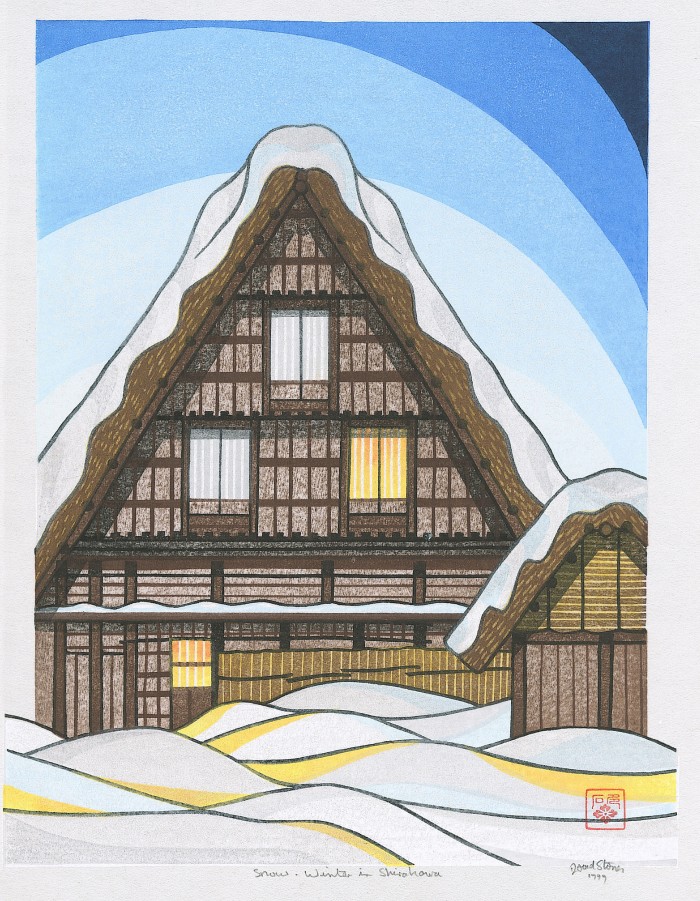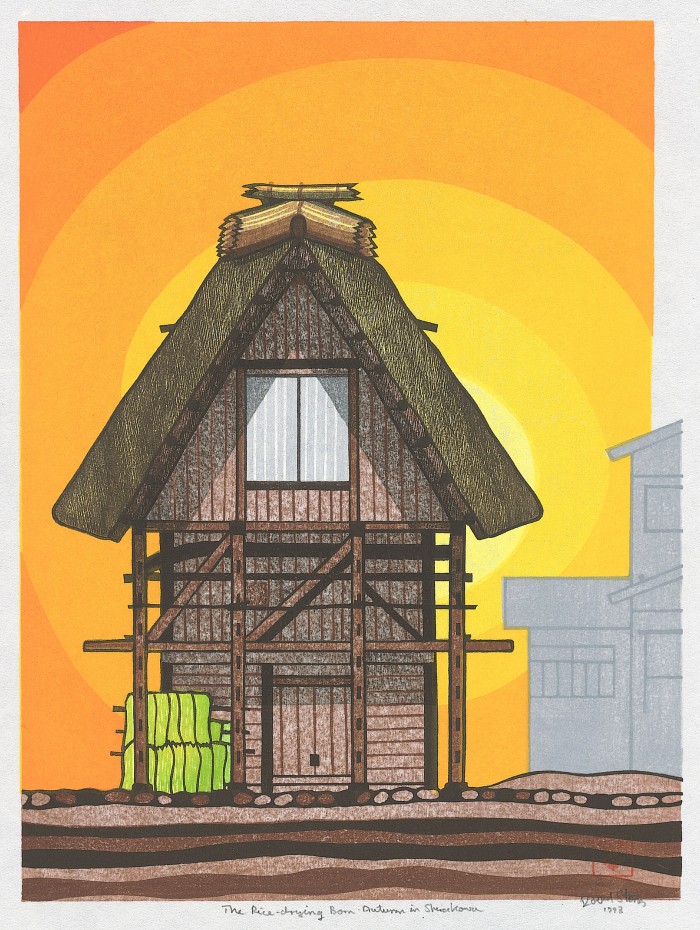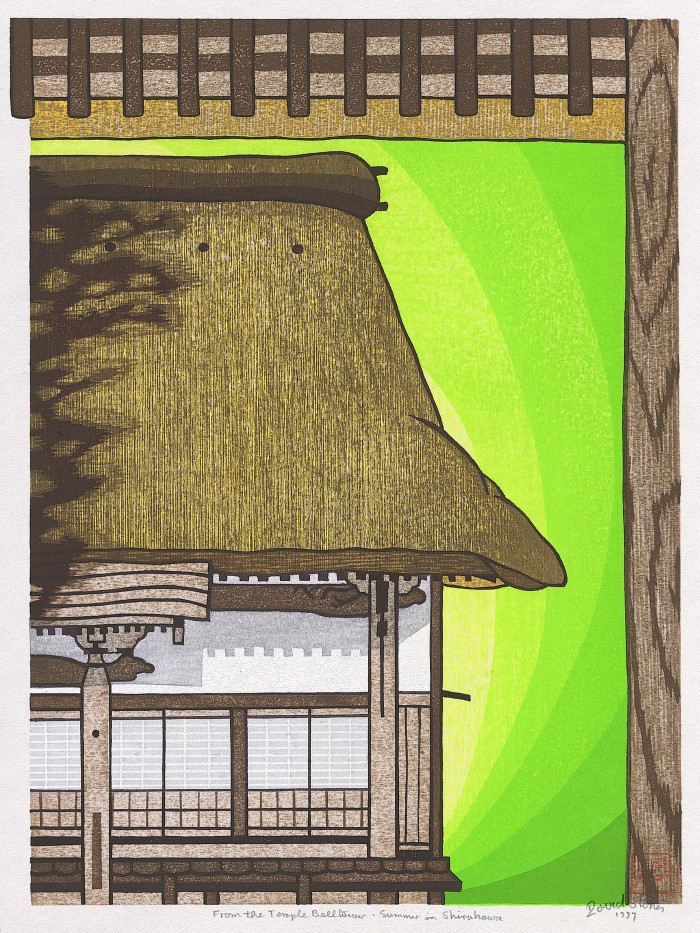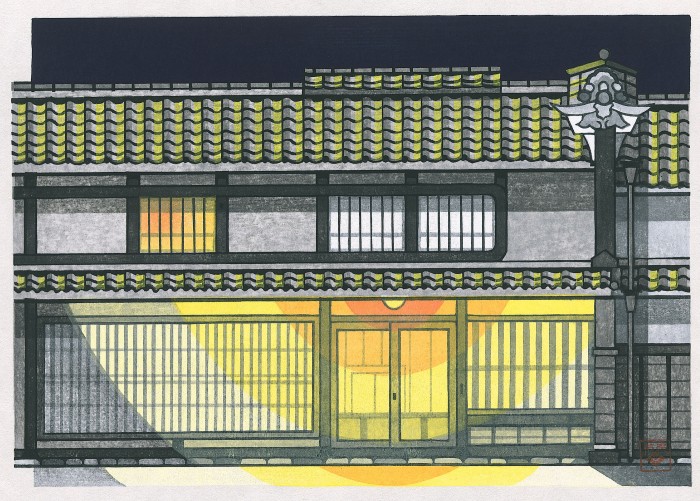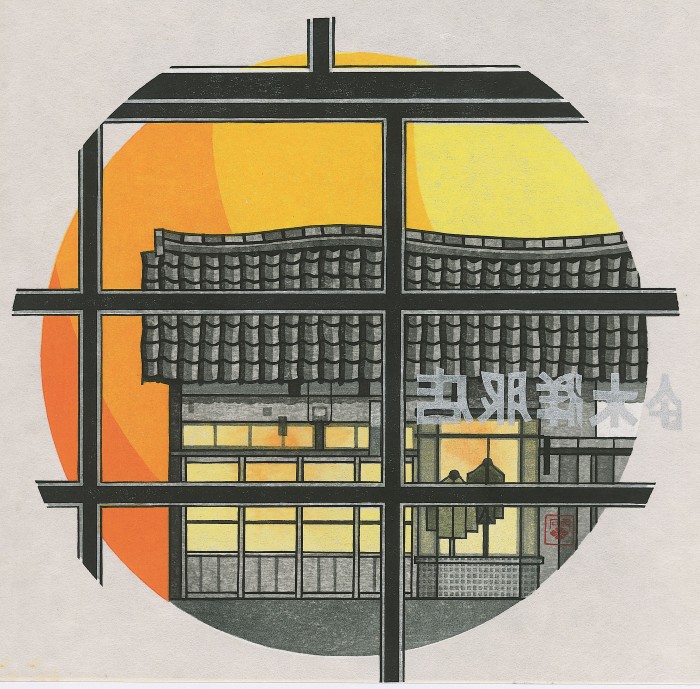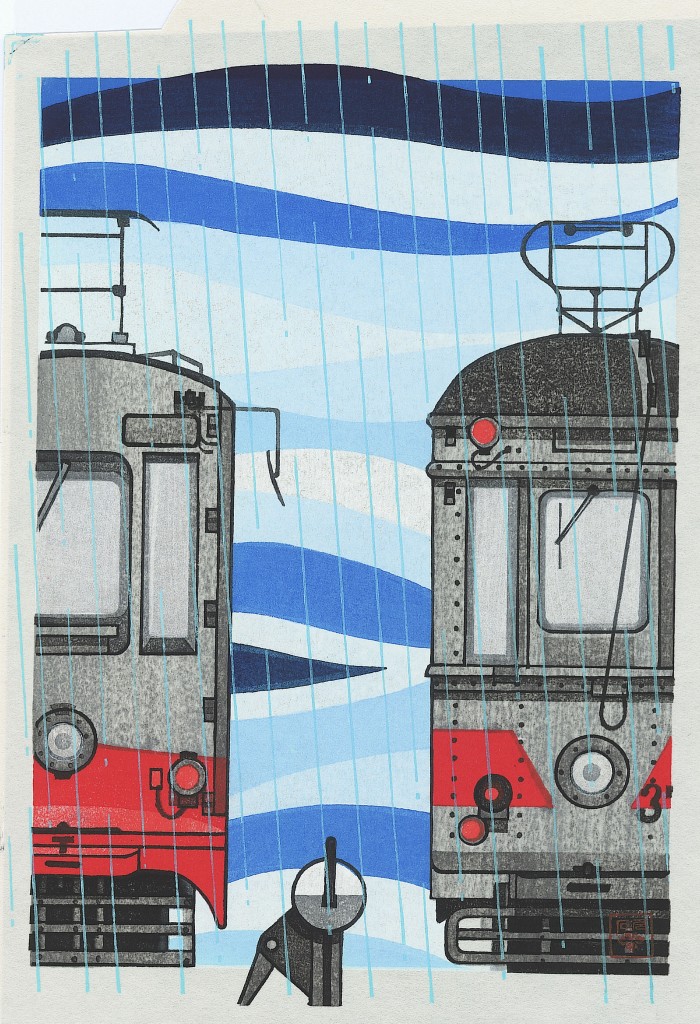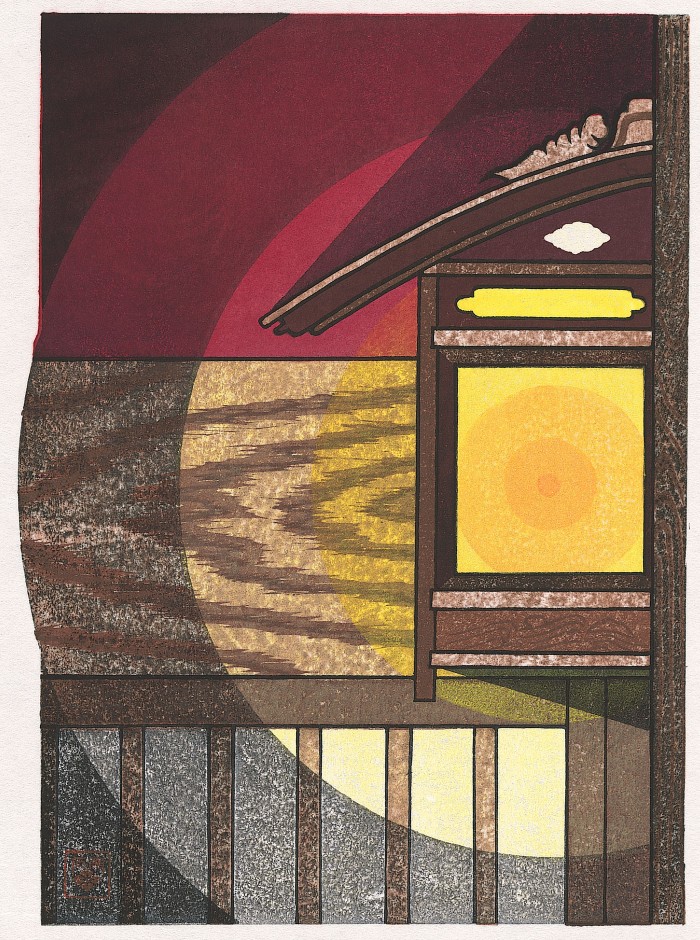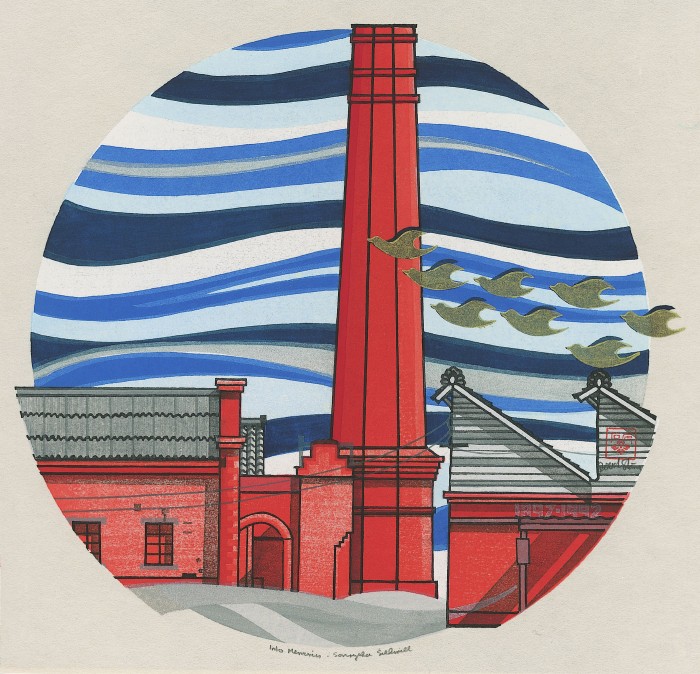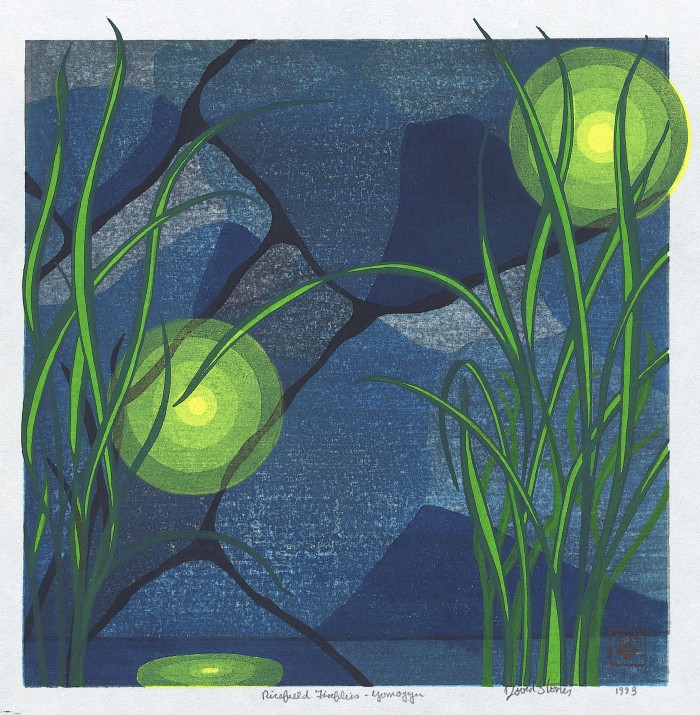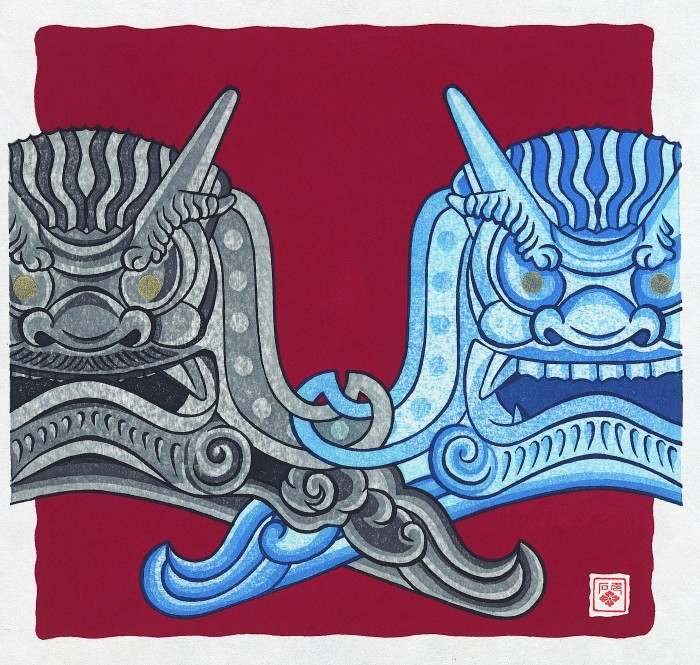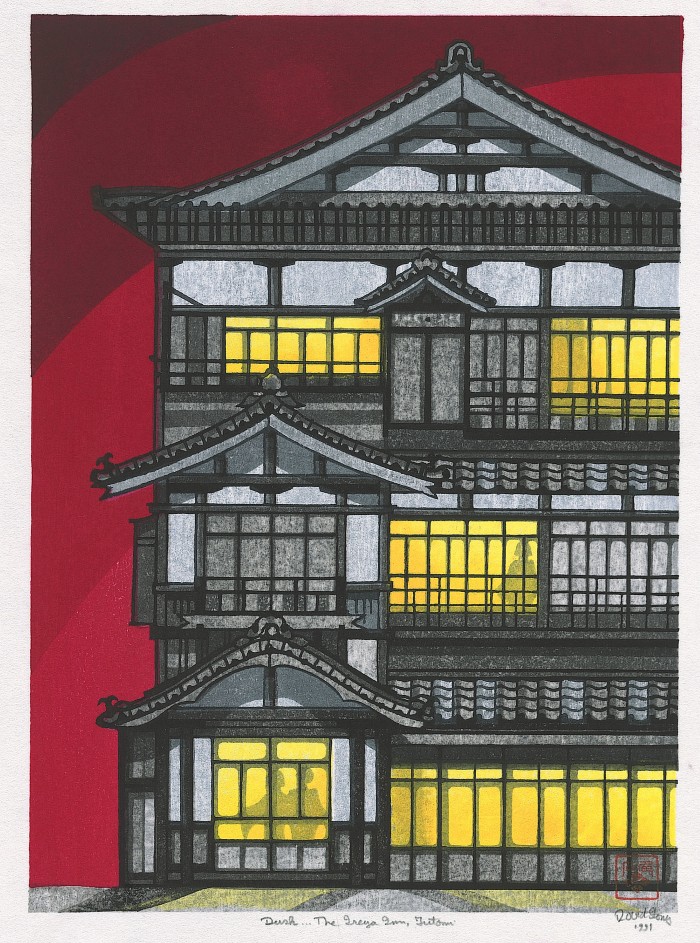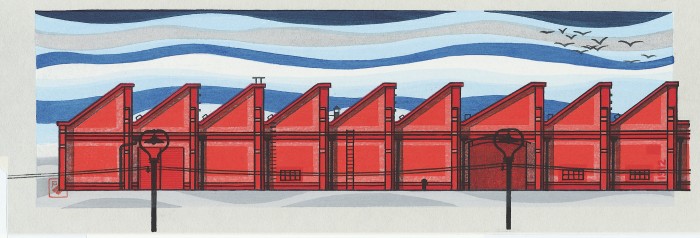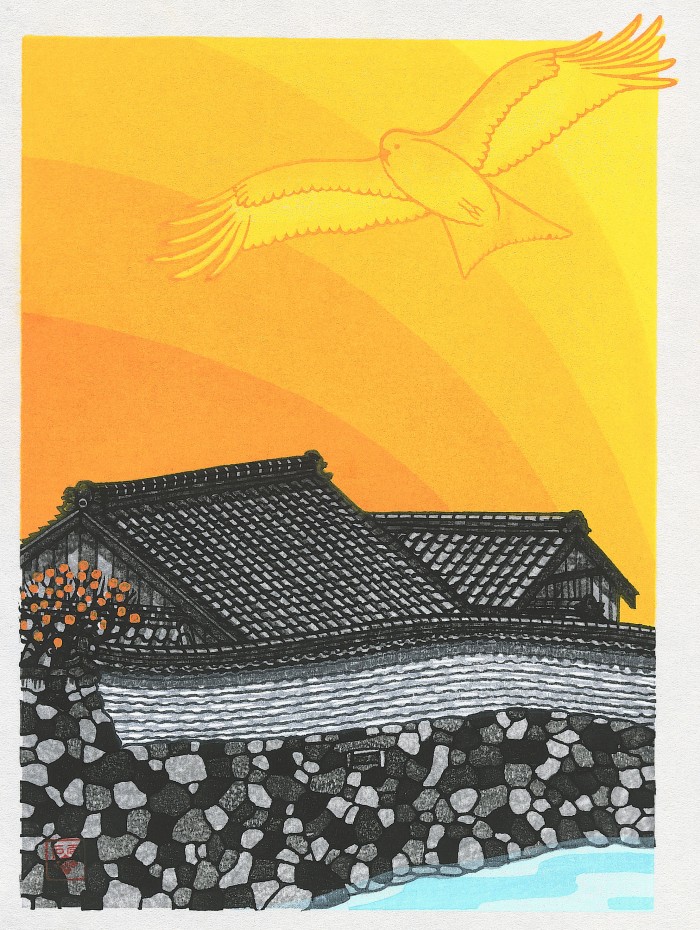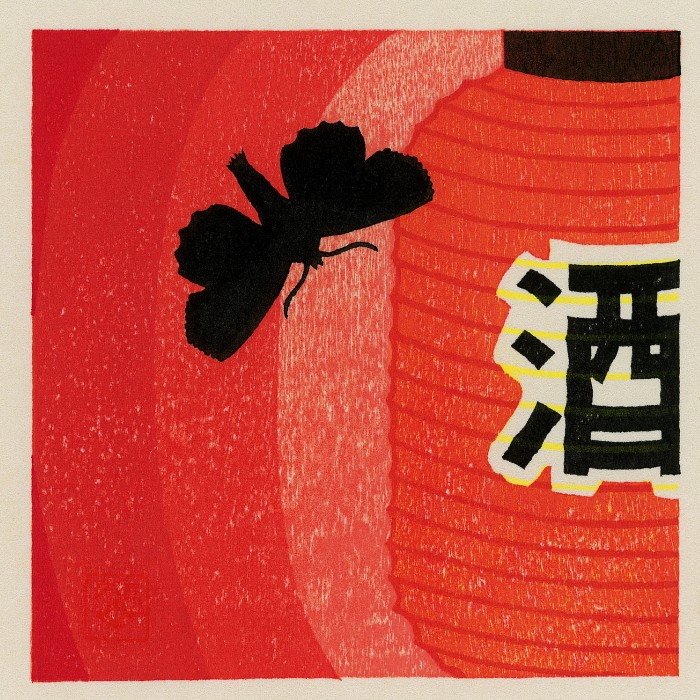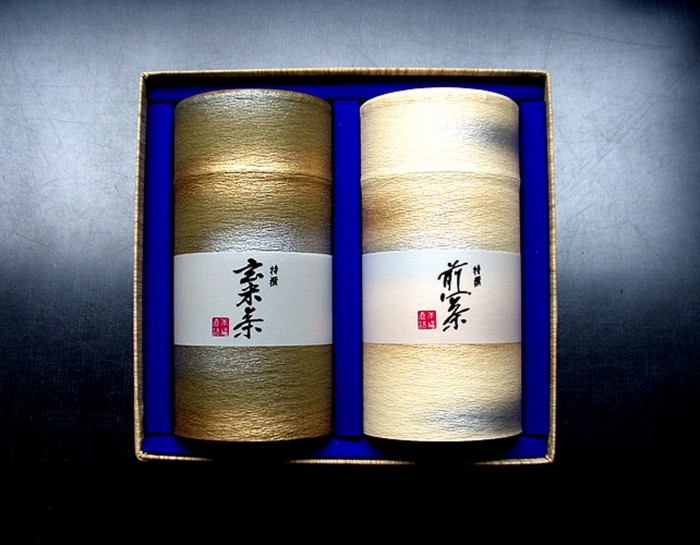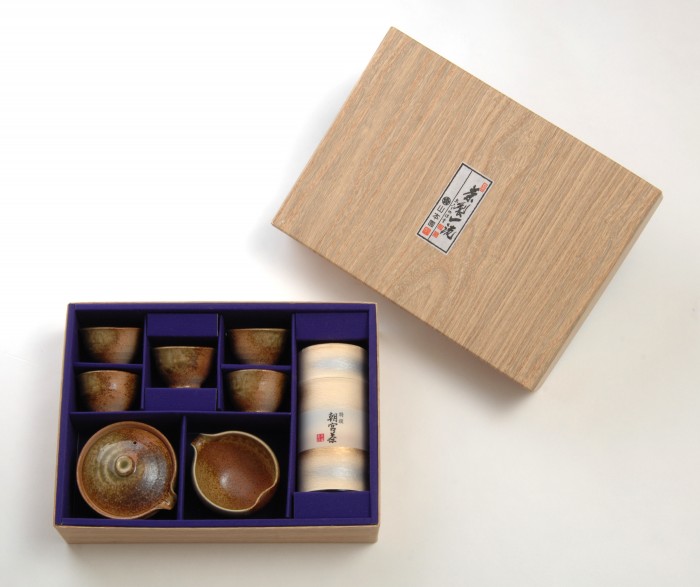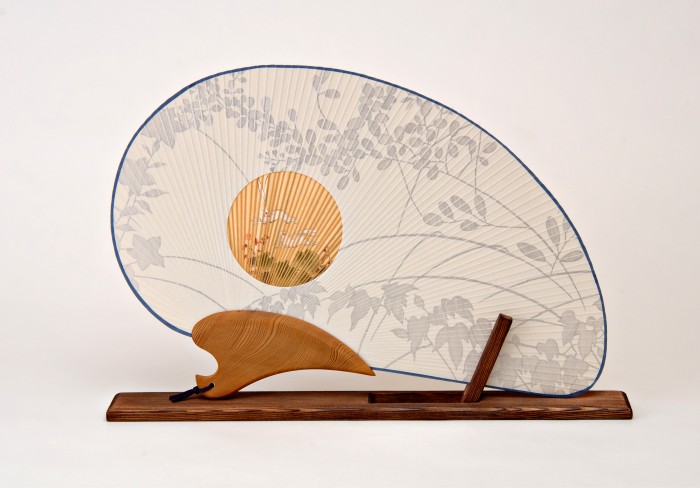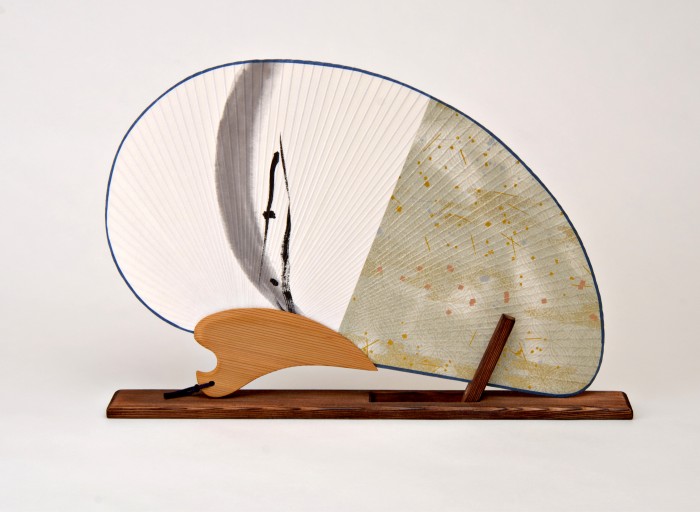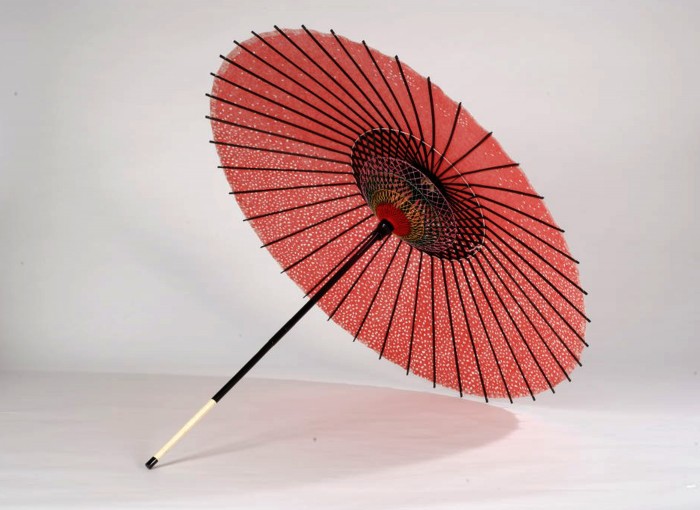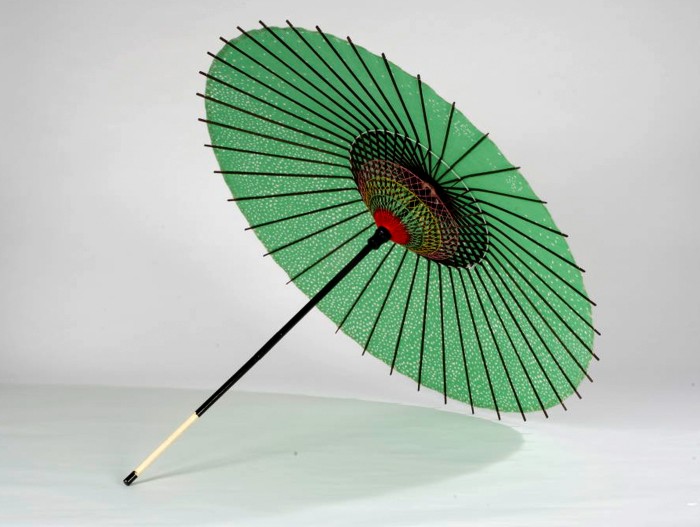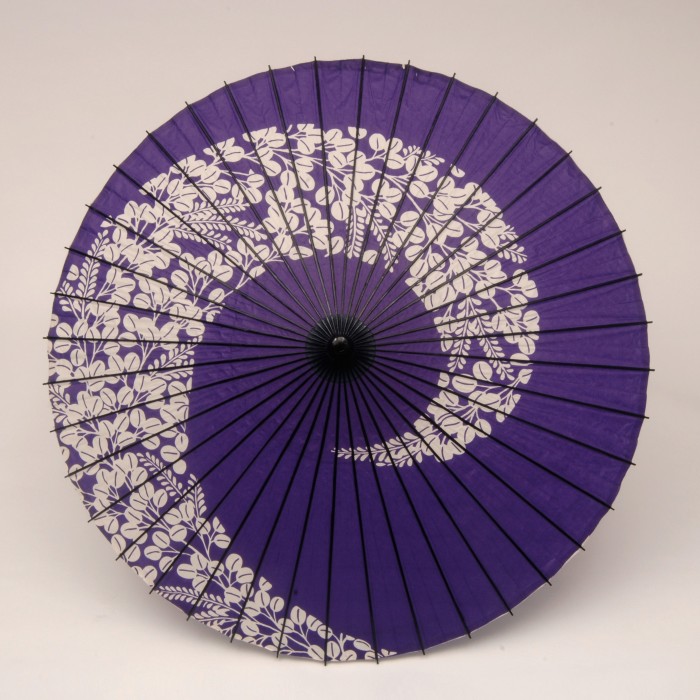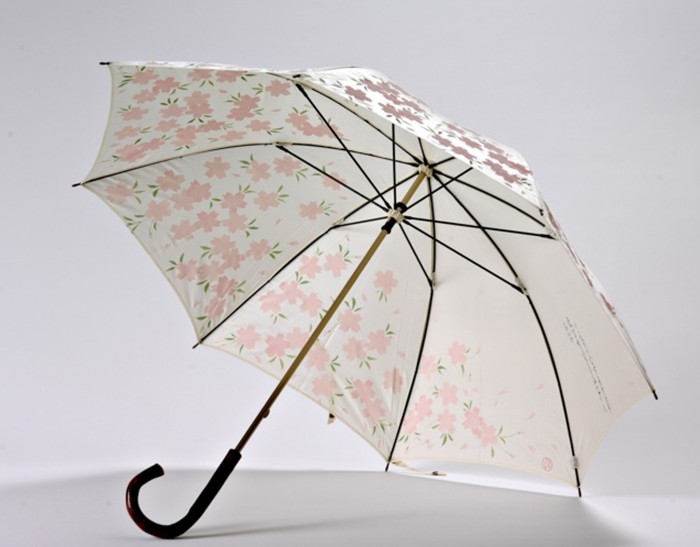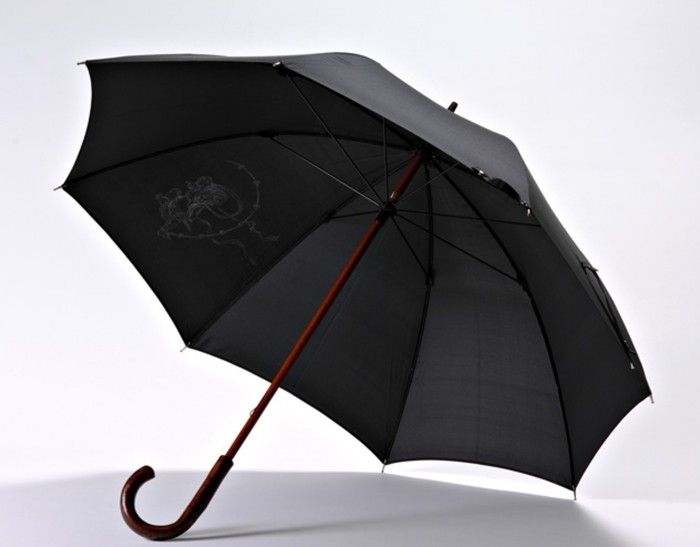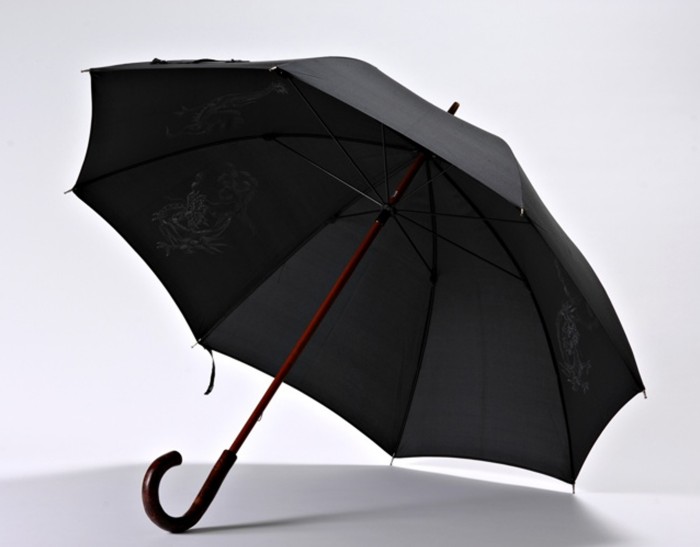“Spring” from the four-print series of Shirakawa Village – now a World Heritage Site – in Gifu Prefecture…. As the snow continues to melt, preparation for the year’s rice-planting begins – often giving reflections of the thatched houses in the newly-filled rice paddies. With winter over, the snow-fences are removed, and daylight once again floods through the paper windows.
Japanese woodblock printing carries a long, rich history that reached its heights in the Edo period (1603 to 1867). Traditionally the art of creating a woodblock print was broken down into the following specialties*:
- First, an artist would create a design.
- From that drawing, a block copyist would create a very fine black-and-white drawing on paper.
- The print would be passed on to blockcarvers who, using chisels, would carve a series of woodblocks—first, a “key block” showing the outlines of the print, and then one block for each color to be printed – often 15 or more blocks were required.
- When the blocks were complete, printers would apply ink using brushes. Laying a sheet of paper face down on top of the block, the printer rubbed the ink onto [handmade] paper using a round, flat pad, called a “baren”.
Print details:
- Hand-carved and hand printed from 22 blocks of wood
- Printed on beautiful Echizen hand-made paper. (Echizen is a small city near the Sea of Japan with a long tradition of paper making. Papermakers there were once given the honour of creating Japan’s paper currency from the start of the Meiji Restoration in 1868.)
- Individually stamped and signed by the artist
- Limited edition first printing, with only 200 prints made
- 16.6cm x 22.3cm (6.25″ x 8.75″ approx.)
- All prints come complete with a complimentary pre-cut mat border.
- For this print a dark blue mat border with a thickness of 2mm and a width of 38mm x 40mm will be included in the shipment (frame not included).
Born in England, David Stones attended Lincoln College of Art studying printing and design. First visiting Japan in 1971, he returned in 1972 and discovered the world of woodblock prints.




